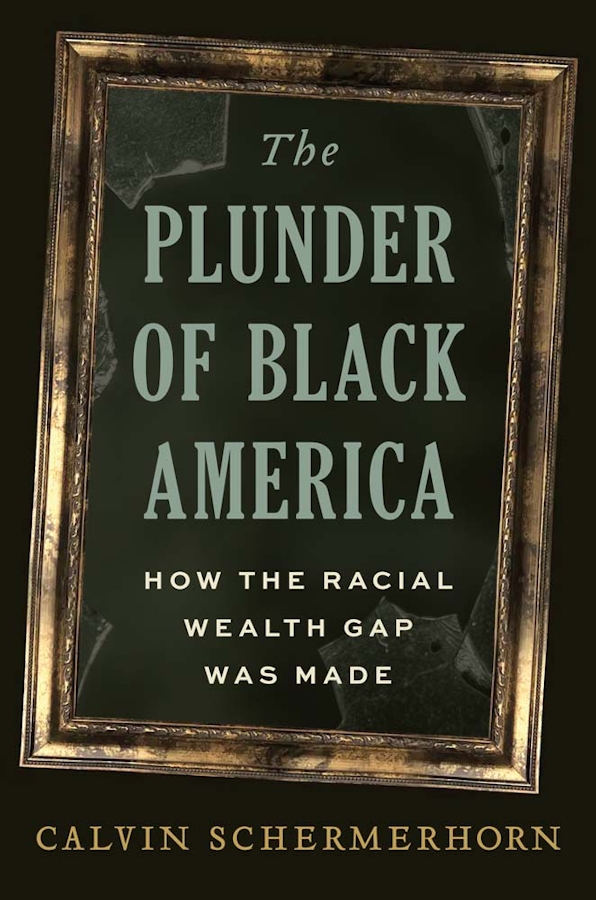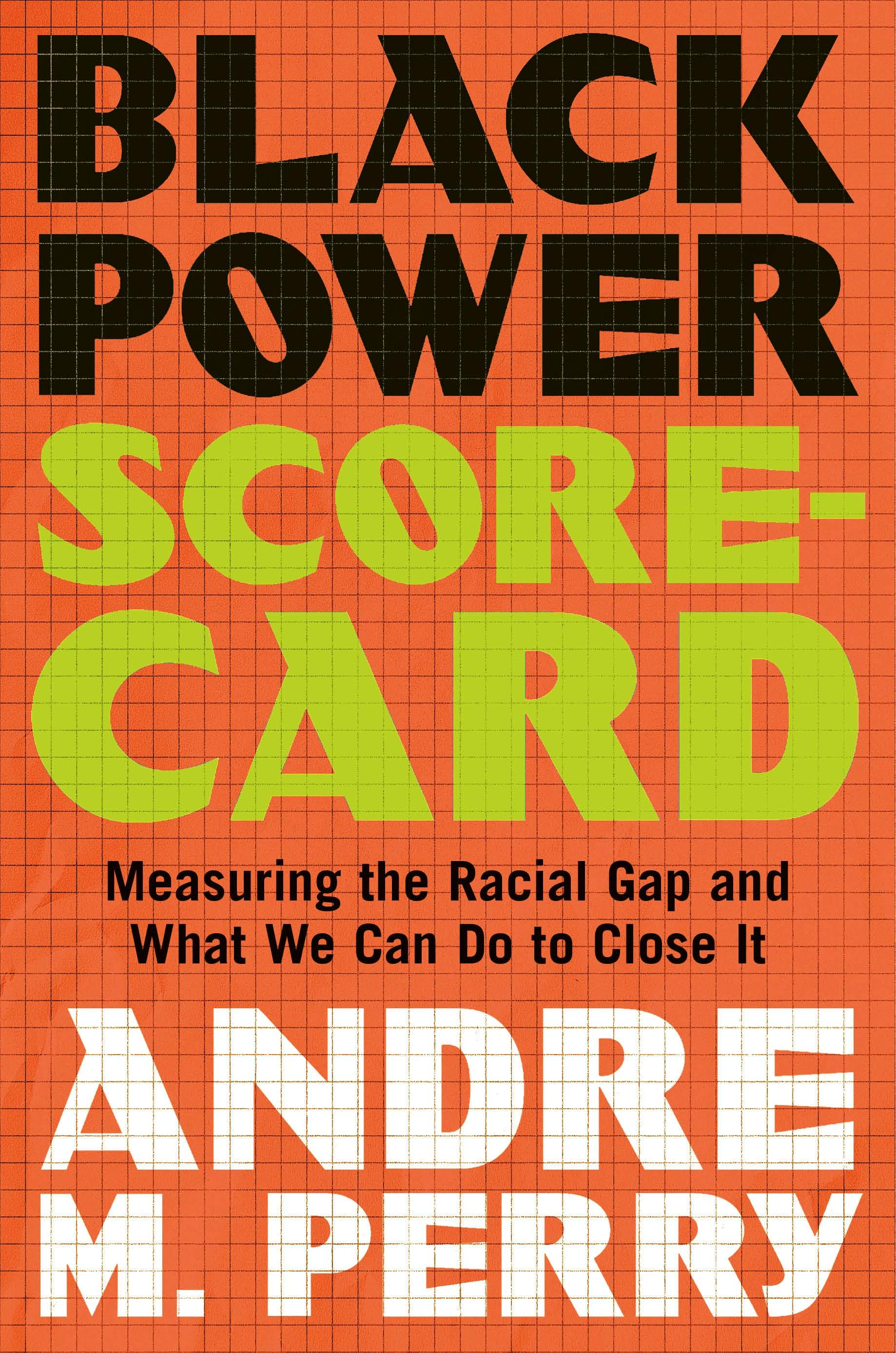Sixty years on—after the expansion of the welfare state, after affirmative action, after the decline of legal segregation and the slow erosion of overt discrimination—you might expect the convergence to have continued. You might expect real economic parity to have come within reach. But the numbers tell a stranger story. The racial wealth gap today remains where it was in the nineteen-sixties: around six to one. The ratio hasn’t budged. What went wrong?
Theories abound. One of the most persistent—and, to many, persuasive—is that racism never truly receded; it simply changed form. This is the core argument of “The Plunder of Black America: How the Racial Wealth Gap Was Made” (Yale), by the historian Calvin Schermerhorn. The book traces the fortunes of seven Black families across generations, excavating genealogies and tabulating, with forensic care, the labor extracted and the property lost. The result is a long historical arc of dispossession that culminates in a bracing indictment: “A nation founded, in large part, on ransacking African Americans’ work product . . . never gave up stealing. The last hundred years have been a nimble shift in that theft and wealth stripping. Intentional racism became an institutional reflex.”
In this account, every apparent step forward is matched by a quiet reversion—each gain followed by a new, more elusive form of loss. Redlining gives way to “predatory inclusion” through subprime loans. School desegregation in the cities sparks white flight to the suburbs. The election of Barack Obama is answered by the rise of Donald Trump. Again and again, advancement is met by backlash, recognition by retrenchment. The diagnosis echoes the dark realism of early critical race theorists. “Black people will never gain full equality in this country,” the legal scholar Derrick Bell wrote in his classic “Faces at the Bottom of the Well,” from 1992. “Even those herculean efforts we hail as successful will produce no more than temporary ‘peaks of progress,’ short-lived victories that slide into irrelevance as racial patterns adapt in ways that maintain white dominance.”
The permanent-racism hypothesis offers a compelling account for all the progress we haven’t seen. What it can’t readily explain is the progress we have seen. Since 1970, the share of Black children living in poverty has fallen from fifty-six per cent to sixteen per cent, according to researchers at Columbia University’s Center on Poverty and Social Policy—an improvement attributable largely to the welfare architecture begun during the Johnson era. Residential segregation, too, has declined. The sociologists John Logan and Brian J. Stults, analyzing every decennial census from 1980 to 2020, found significant drops in Black-white segregation across American cities. (Notably, the five most segregated metro areas today—Newark, Milwaukee, Detroit, New York, and Chicago—are all north of the Mason-Dixon Line.)

